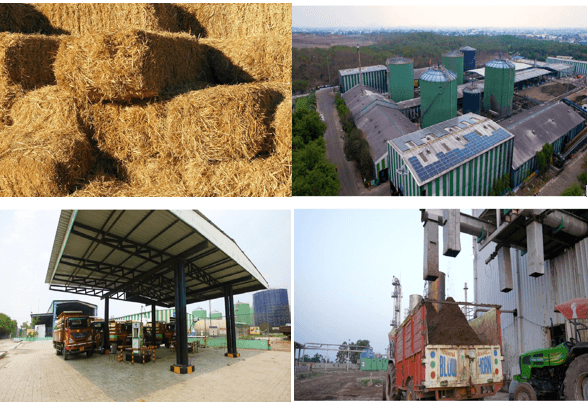LIC’s Rs.145bn boost for IDBI
IDBI Bank is expected to meet the regulatory capital requirement following a capital infusion by Life Insurance Corp of India (LIC), said S&P Global Ratings.
IDBI Bank has received fresh capital amounting to Rs.145 billion from LIC on 28 Dec 2018 as a part payment for LIC’s proposed acquisition of a 51% controlling stake.
The total infusion from the transaction is likely to be Rs.170 billion-Rs.202.3 billion, greater than the bank’s total capital of Rs.138.6 billion as of 30 Sept 2018.
“Such a large capital infusion supports our view of a very high likelihood of support for the bank from the government and government-owned entities such as LIC,” noted the rating agency.
The infusion could enable IDBI Bank to accelerate write-offs and make sufficient provisions against stressed assets.
S&P has affirmed its ‘BB’ long-term and ‘B’ short-term foreign currency issuer credit ratings on IDBI Bank Ltd.
The outlook on the long-term rating is stable.
“At the same time, we affirmed our ‘BB’ long-term issue rating on the senior unsecured notes issued by the Dubai branch of the India-based bank.
“We removed the ratings from CreditWatch, where they were placed with negative implications on 17 Aug 2018,” said S&P.
Elaborating, S&P said: “However, we believe de-risking of the balance sheet and a substantial cleanup of the bank’s large stressed assets may take at least a couple of years.”
IDBI Bank has been by far the weakest bank in S&P pool of rated Indian banks.
IDBI Bank’s asset quality remains weak. Its reported gross nonperforming loans (NPL) ratio was 31.8% as of 30 Sept 2018, and the bank had insufficient provisioning coverage of 55% against stressed assets.
In addition, the bank has a high concentration of loans to risky sectors, including infrastructure, S&P pointed out.
Moreover, IDBI Bank’s loans are concentrated in terms of customers. Its 20 largest borrowers account for a high 15.5% of total exposure (including non-fund-based) and 200% of the bank’s equity as of 31 March 2018.
The bank has taken steps to reduce its loan concentration and derisk the balance sheet by increasing exposure to the more granular retail and micro, small and midsize enterprise segments.
IDBI Bank’s loan portfolio has shrunk over the past couple of years due to negative growth in the corporate book owing to the derisking initiatives as well as the bank being under prompt corrective action.
“We expect a gradual improvement in asset quality for the banking industry in India,” it said.
The Reserve Bank of India (RBI; the central bank) has significantly tightened bad loan recognition norms over the past three years. This more realistic recognition, coupled with rebounding corporate profits, and quicker resolution of nonperforming assets (NPAs) under the new bankruptcy law, should help banks, including IDBI Bank, to gradually recover from a protracted bad-debt cycle.
The resolution of National Company Law Tribunal (NCLT) cases (38% of IDBI Bank’s nonperforming loans are in the RBI’s first and second list of such cases) could also offset a possible deterioration in IDBI Bank’s asset quality over the next six to 12 months as the bank completes recognition of weak loans.
IDBI Bank’s exposure to Infrastructure Leasing & Financial Services (which defaulted in 2018), its few unrecognized weak power sector loans, and a potential deterioration in agriculture loans (due to moral hazard caused by recent farm loan waivers) could weigh on its asset quality.
“We, therefore, believe a large portion of this capital is likely to be utilized for setting aside provisions on incremental slippages and taking haircuts on legacy NPLs.”
The stable outlook on IDBI Bank reflects expectation that the capital infusion from LIC will help the bank meet its regulatory capital requirement on a sustained basis.
At the same time, S&P expects the likelihood of support to the bank from the government of India (unsolicited ratings: BBB-/Stable/A-3) to remain very high.
“We could upgrade IDBI Bank if the bank is able to reduce its stressed assets and credit costs to levels comparable to midsize public sector peers and derisk its balance sheet.
“While the upside potential for the bank is greater than the downside risk, we believe an upgrade is unlikely over our 12-month outlook horizon.
“We could downgrade IDBI Bank if we believe that government support to the bank has weakened. That could happen if the government (or LIC) considers privatizing the bank by lowering its stake through a strategic sale. However, we view this as unlikely,” said the rating agency. fiinews.com










